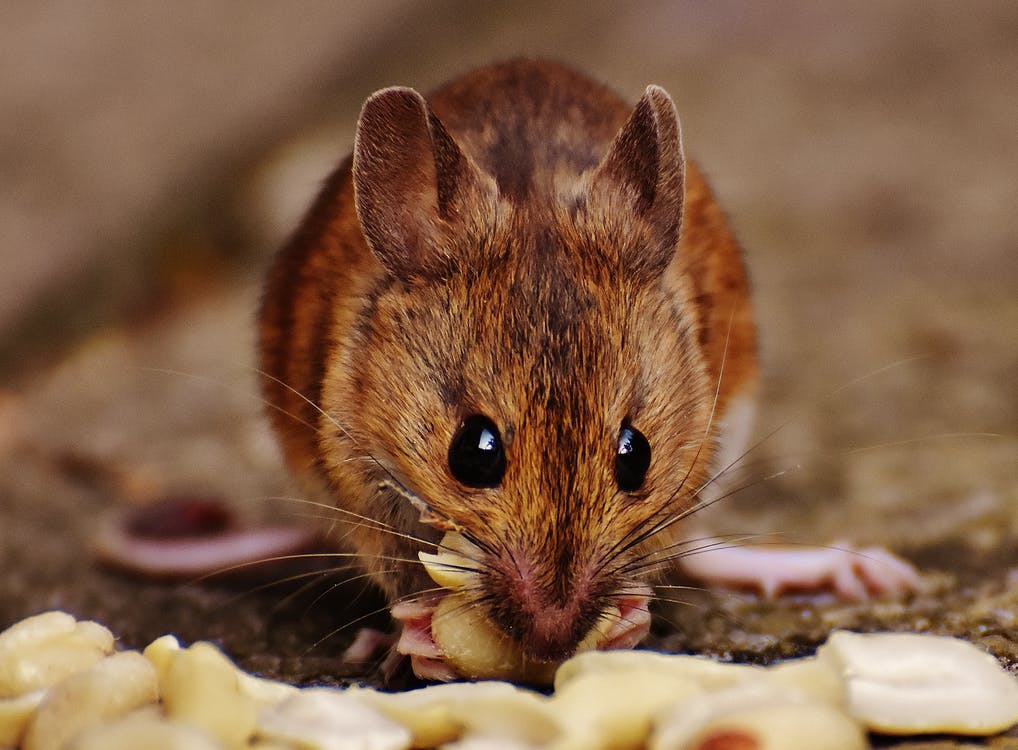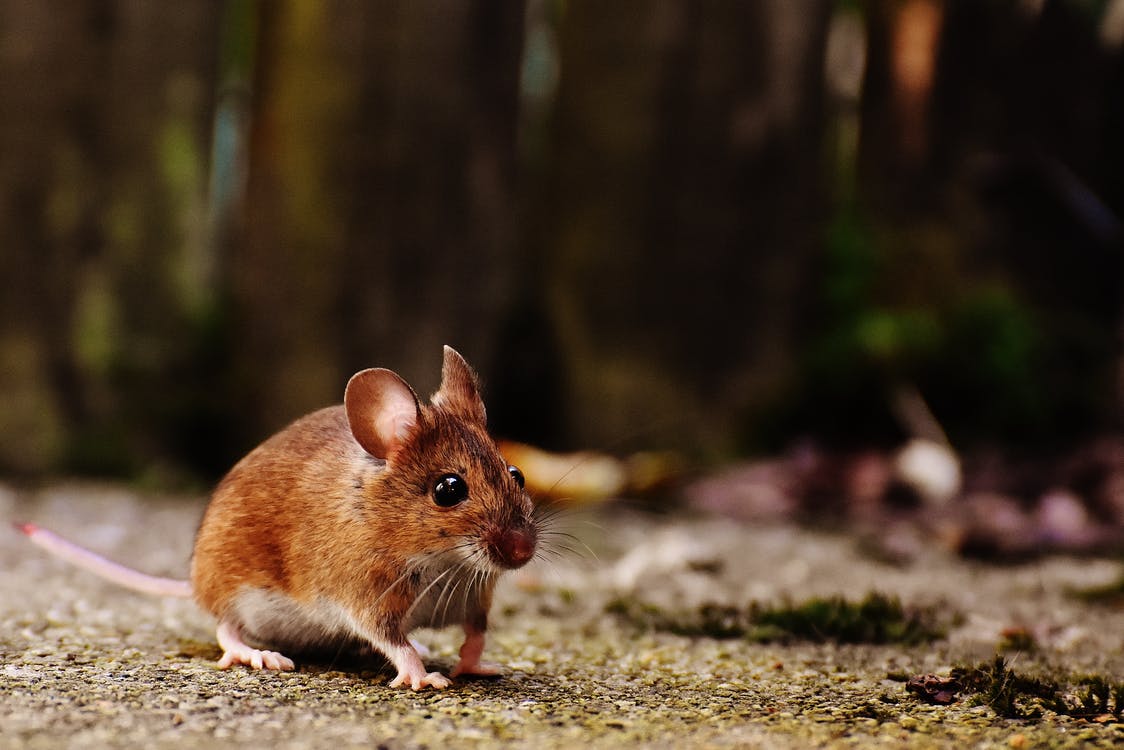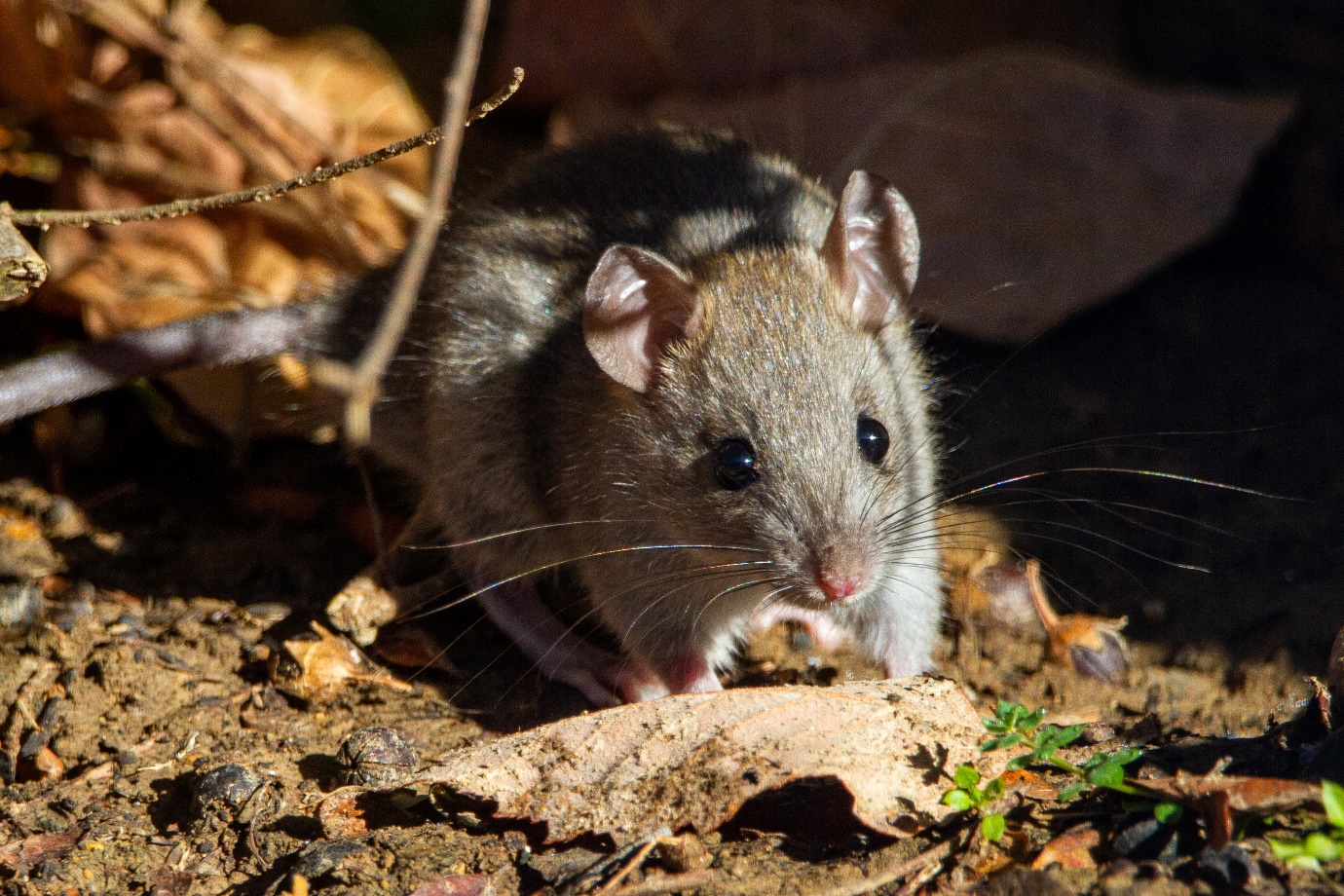
Rodents are commonly found in homes worldwide and are an ever-increasing problem in urban areas. They are not only a nuisance but also pose risks to the health of people. It is essential to know the different types of rodents and ways to keep them out of homes and businesses.
According to the National Pest Management Association (NPMA), rodents invade roughly 21 million homes in the U.S every winter.
They can enter the house through a sewer opening, an open door or window and ventilators openings. They are mostly found on construction sites, dump sites and abandoned buildings. Rodents usually live close to water and food sources, and they can reproduce quickly.
They typically live in dark or wet areas such as sewers and basements. They are most likely to stay hidden during the day and come out at night to scavenge for food or chew through electrical cables.
These include deer mice, roof rats, house mice, Norway rats, and other rodents. These rodents contaminate food supplies with their droppings, bring flies and mites home, and cause diseases such as jaundice, Salmonellosis, blood and respiratory problems in human beings.
In this section of our article, we will talk about some of the most common types of rodents that invade our homes, how to prevent them, and when you should call a pest control professional for help.
House Mice
The common type of rodents that invade homes across the United States is house mice. House mice are often mistaken for rats, but they are gray and have a skinnier body and a shorter tail. They typically live in colder and dark, secluded areas, such as the basement within a building.
It is challenging to get rid of the house mice because they are excellent climbers, and they can jump up to a foot, allowing them to reach withdrawn areas. They can also squeeze into an opening (hole) as small as a dime.
House mice can cause problems by gnawing on materials like wood, plastic, or paper products to build nests for themselves or their young ones. They can cause property damage by chewing through insulation, drywall, or even wiring, thereby sparking an electrical fire.
Despite being color blind and having poor vision, they have other senses that are very much enhanced.
House mice also pose a severe threat to human health because they carry fleas that can transmit diseases like typhus or bubonic plague to humans who come into contact with them. They contaminate stored food and spread diseases like Salmonella and tapeworm.
Prevention Tip
Since house mice prefer to live in dark and secluded areas such as house clutter or basement, it is essential to ensure that your property or house is clean and organized correctly in all areas, including stores. Keep the boxes off the floor. This way, the mice will lack the clutter to hide in and go away.
Keep your food in a well-sealed container or sealed rodent-proof containers to keep the house mice away from your home.
Deer Mice

Photo by Alexas Fotos from Pexels
Deer mice are widely found in homes all over the world but most commonly throughout the United States. It has a thin brown body with a half brown and a half-white tail. They prefer to nest in rural areas in places like log pipes, fence posts, tree hallows, and other old structures.
Deer mice do not pose a significant problem in urban settings. Still, they sometimes invade homes during the winter to search for food and shelter, which is a problem since they are carriers of fatal diseases to human beings.
Deer mice are carriers of Hantavirus, which can be spread by inhaling specks of dust particles contaminated by a deer mouse urine, faeces, or saliva. The Hantavirus is very dangerous to humans as it may cause blood, kidney, or respiratory problems in people.
Prevention Tip
Always store your pet food in a well-secure place within the houses instead of keeping it in outdoor storage such as garages or sheds to avoid attracting deer mice in your home.
Norway Rats
They are commonly known as Street rats. They are found throughout the world but commonly in the United States. Like house mice, Norway rats are color blind and have poor vision, but senses such as smell, touch, hearing, and taste are highly keen.
You can identify Norway rat by its brown color, scattered black hairs, and thick and large body measuring between 7 – 9 ½ cm long.
It is tough to get rid of Norway rats since they can run, jump, climb, and swim. They are likely to invade your home for food.
They can quickly enter your home through a hole of roughly a quarter or larger than half an inch.
These rodents like to burrow in piles of garbage or under concrete slabs. During a fall, they enter your home when the outside food sources are depleted or scarce and nest in the basement, attics, and other withdrawn or isolated places.
Norway rats can cause severe damage to a property or home by gnawing on various materials such as plastics, woods, and lead pipes to get water and food. They also carry diseases like jaundice, plaque, rat bit fever, Salmonellosis, among other diseases that are fatal to humans. Additionally, they also introduce fleas and mites into your home.
Prevention Tips
If you suspect Norway rats have invaded your home, inspect your home regularly and look for signs left behind by Norway rats. They will help you take the necessary preventive measures. The signs include:
- Gnaw marks
- Capsule shaped black Droppings with blunt endings
- Destroyed food goods
- Rub marks caused by accumulated grease on the rat’s oily fur
- New bite marks r holes that tend to be rough
Roof Rats

Roof rats are believed to have originated from Southeast Asia, but they are now widely spread worldwide, especially in the U.S coastal states, seaports, and southern third of the U.S country.
Roof rats are also known as ship or black rats. They are long and thin, with scaly tails and large eyes and ears, making them smaller than Norway rats in size. They got the roof rat name from their tendency of finding shelter on the upper part of the building.
To identify roof rats, they have smooth brown fur intermixed with spots of black color. Undersides are gray, white, or black colors, and they love to live in colonies and nest in elevated parts in the trees or structures. They weigh between 150- 250 grams and are 16- 20 cm tall. They are also excellent swimmers.
Roof rats are harmful to humans as they introduce flies that are associated with bubonic plague. Besides causing bubonic plaque, roof rats also cause the spread of diseases such as typhus, jaundice, and trichinosis in rare cases.
Prevention Tips
- Clean up your yard by removing the fallen fruits from the trees from the yard
- Keep the garbage in a clean environment and tightly sealed receptacles
- Trim the branches of any trees near your property to keep the roof rats away from your home.
If you have tried to prevent rodents from invading your home and it has failed, consider asking for help from pest control professionals to help you get rid of them before they cause massive damage to your property.
But before asking for help, you need to have some information to help pest control professionals know where to start. Below is the information that can help you know when to call a professional for help.
When Should You Call Pest Control Professional?
The presence of rodents at your home or property is a problem that warrants professional pest control help. Make the right decision to call for professional help before the infestation worsens.
But before that, you need to see the signs of the rodents before calling for professional help. Here are some signs that can help you know when to call a pest control professional. Call a pest control professional if you:
See Rodents in Your Home
The most common sign to know if the rodents are in your home is by seeing them. Whether they are dead or alive, it could be a bigger problem that needs professional help. The more you see them, the bigger the problem, so call professionals early to save money and aggravation.
See the Presence of Gnaw Marks on Food Packaging
Rodents such as Norway and roof rats may leave marks on the food packaging when getting a meal or water. If you find gnaw marks or holes in food packages, that is enough sign to call a pest control professional.
Hear Noise in House Wall or Attic
Rodents such as Norway rats are nocturnal. They are most likely to make a noise in ceilings or attics. So if you have already seen them and then you hear scratching or crawling in the ceiling or within the house wall, call a pest control professional to help you get rid of them.
Find Property Damage
Rodents are not worthy of sharing a home with you as they will cause a lot of damage to your home and spread diseases. They can chew through the drywall, wiring, and even insulation, which might trigger an electric fire.
So, if you find holes in your home or gnaws on a variety of materials in your house, it is a sign that you should call a pest control professional to get rid of the rodents before they spark an electric fire and burn down your house by gnawing electric wires.
See the Presence of Nest and Hives
Some rodents like house mice gnaw on materials like wood, plastic, or paper product to build nests for themselves or their young ones within the house, while others build their nest outside on the trees near the house.
If you inspect your property and find such nests and hives, do not wait for the situation to worsen before you call a professional. Call for professional help immediately.
See Droppings and Shed Body Parts
Another sign to know if rodents have invaded your home is the trail they leave behind, such as droppings and body parts such as fur. If you spot capsule-shaped droppings with either shape or blunt endings, grease marks, scratches, and fur, it is clear that rodents have invaded your home. Therefore, call a pest control professional for help.
See the Presence of Unusual Smell
When rodents have already invaded your home, you will likely smell strange odours. For instance, mice have urine that smells like ammonia. The ammonia smell could attract pests, which can worsen the situation. If you notice such a smell, call professionals to help you get rid of them.
Bottom Line
Many types of rodents invade our homes. Roof rats, Norway rats, deer mice, and even house mice are the most common invaders.
In North America, brown rats are the most common rodents that invade houses. They thrive near human settlements and are attracted to humans because they see humans as food sources.
There are many preventative measures that homeowners can take to prevent rodents from invading their homes.
One popular method is keeping their surroundings clean and organized to ensure that rodents lack where to nest or burrow themselves. You can also call professionals to help you get rid of rodents if the prevention method has not worked for you.
Look for signs such as seeing rodents themselves, droppings, damaged structures, gnaw marks on food packaging, nest, or hive within or near the house before calling the pest control professionals.

